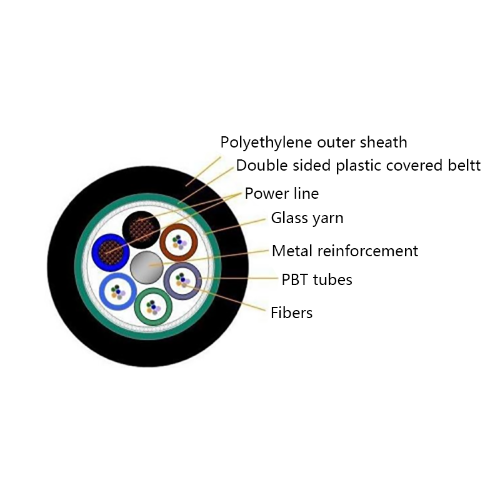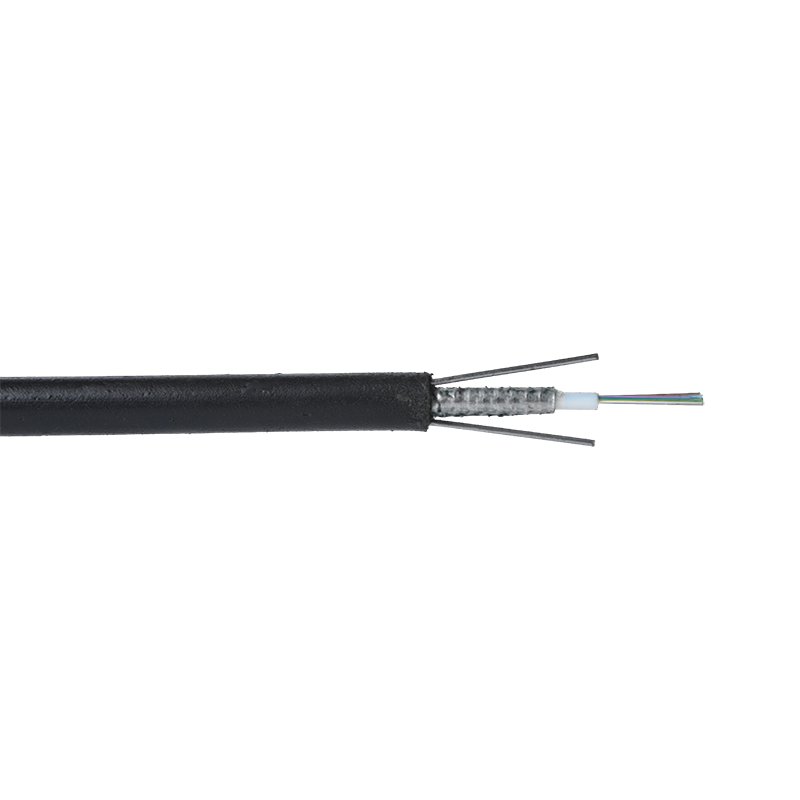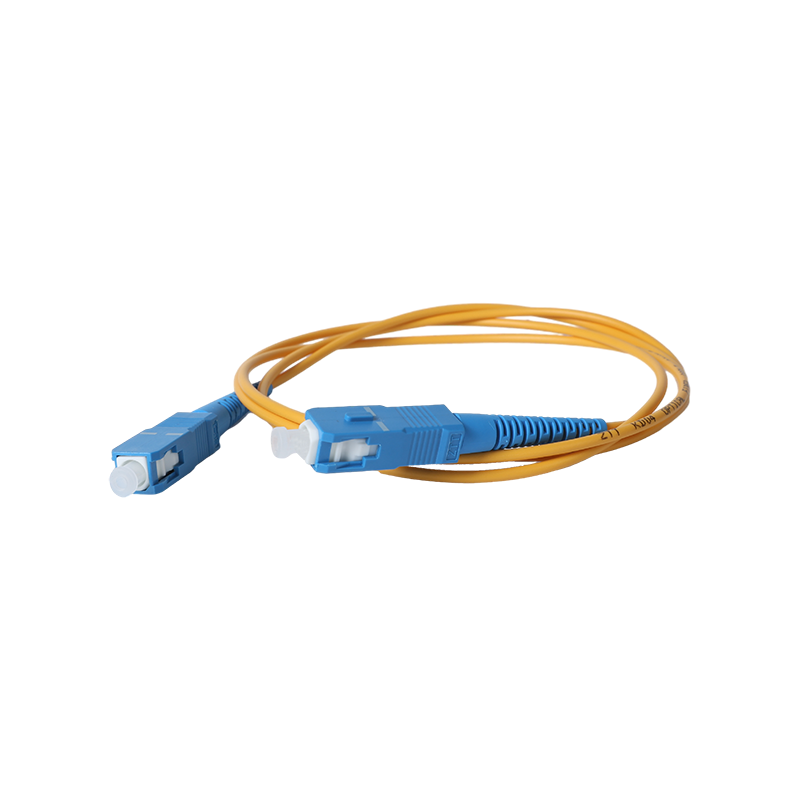How does optoelectronic composite cable change the way we connect and communicate across industries?
In the rapidly evolving world of data transmission, there is a new player on the scene that promises to revolutionize the way we transfer information. Enter the optoelectronic composite cable, a cutting-edge technology that combines the power of optical and electrical transmission into a single, high-speed, and efficient cable.
The optoelectronic composite cable harnesses the strengths of both optical and electrical transmission, offering a unique blend of speed, reliability, and versatility. Traditional optical fibers are renowned for their high-speed data transmission capabilities over long distances, while electrical cables excel in powering devices and transmitting data over short distances. By integrating these two technologies, the optoelectronic composite cable achieves the best of both worlds, providing lightning-fast data transfer while maintaining the ability to power devices directly through the cable.
One of the key advantages of optoelectronic composite cables is their potential to revolutionize data center architecture. With the exponential growth of data-driven technologies, data centers are under increasing pressure to handle massive amounts of information while minimizing latency. Optoelectronic composite cables offer a solution by combining high-speed data transmission with power delivery in a single, streamlined cable, reducing the need for complex wiring and separate power systems. This not only improves data center efficiency but also contributes to overall energy savings, making it a game-changer in sustainable data infrastructure.

In addition to data centers, the applications of optoelectronic composite cables extend to telecommunications, aerospace, and automotive industries. By enabling high-speed data transfer and power delivery in a single cable, this technology has the potential to enhance the performance of communication networks, aircraft systems, and electric vehicles. For instance, in the aerospace industry, the use of optoelectronic composite cables can lead to significant weight reduction and improved data transmission rates in aircraft, contributing to greater fuel efficiency and enhanced connectivity for in-flight systems.
As the demand for faster, more efficient data transmission continues to rise across various industries, the emergence of optoelectronic composite cables represents a significant leap forward in connectivity technology. With their ability to seamlessly integrate optical and electrical transmission, these cables are poised to redefine the way we transfer data, power devices, and build future-proof infrastructure. The potential impact of optoelectronic composite cables on data centers, telecommunications, aerospace, and automotive sectors is truly remarkable, setting the stage for a new era of connectivity and efficiency. Keep an eye on this groundbreaking technology, as it is set to reshape the way we connect and communicate in the digital age.



 English
English русский
русский Español
Español عربى
عربى 中文简体
中文简体




















